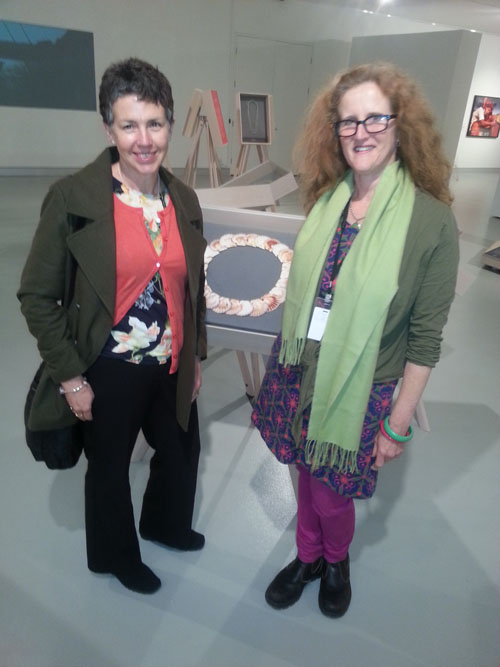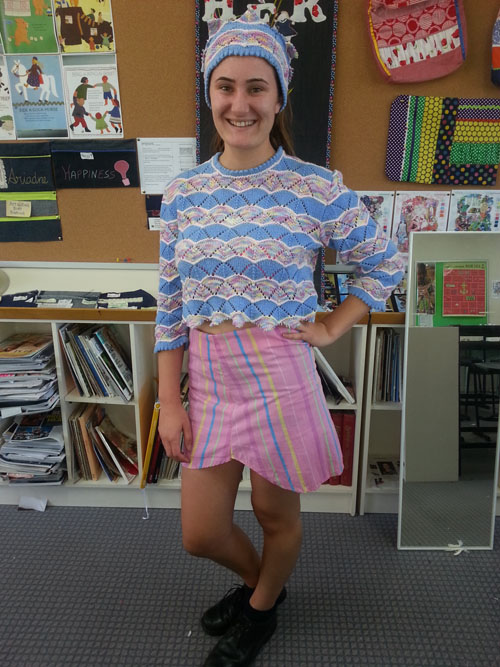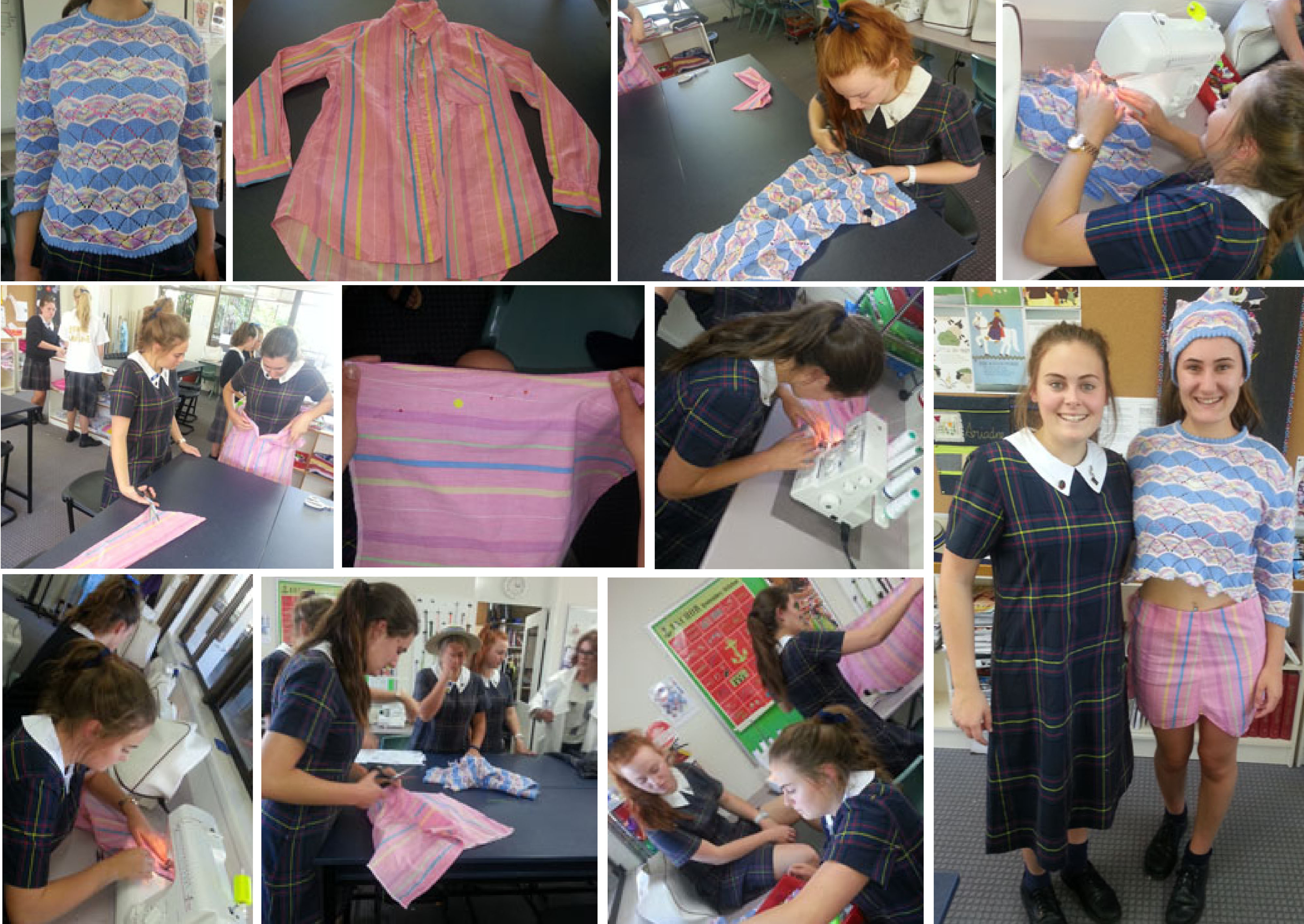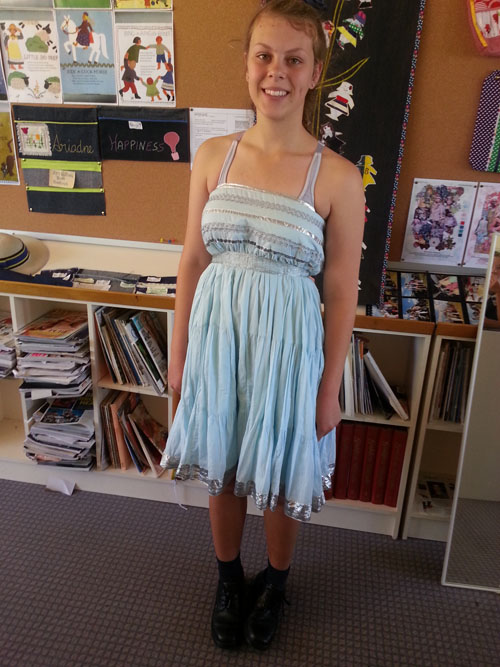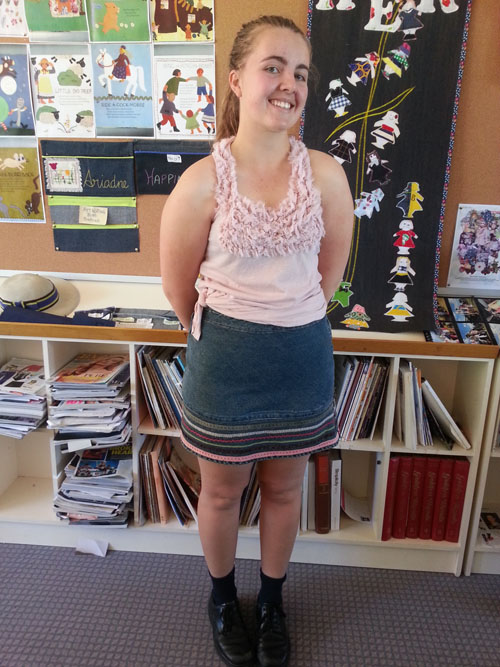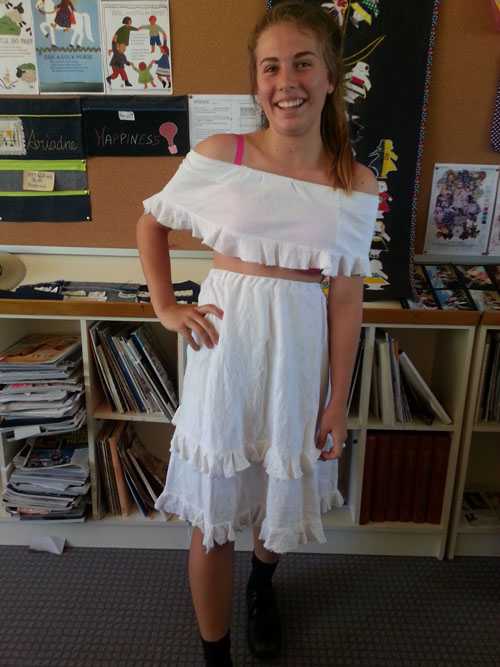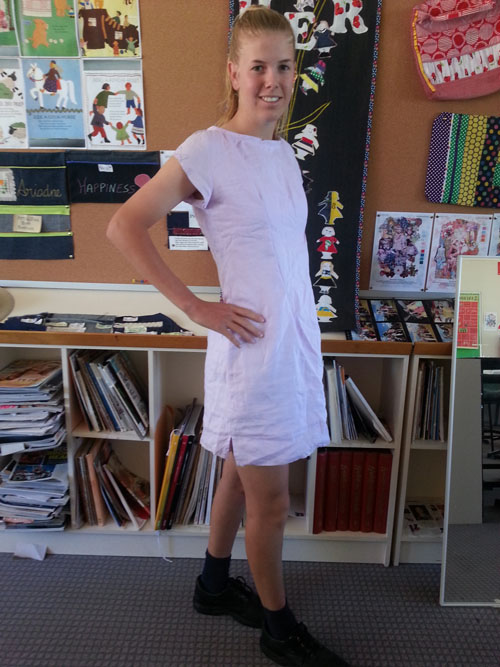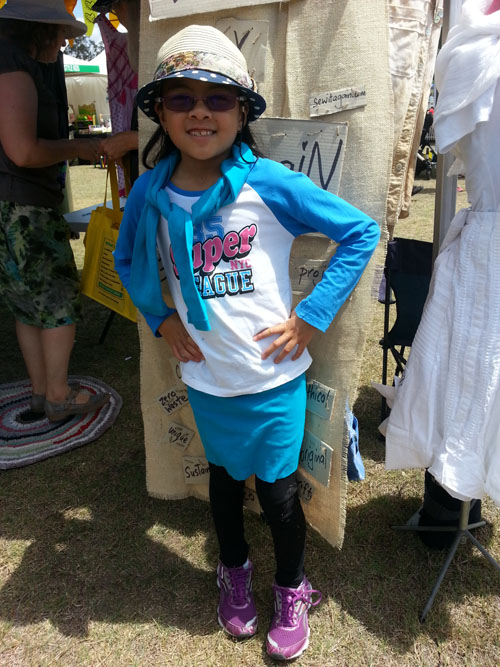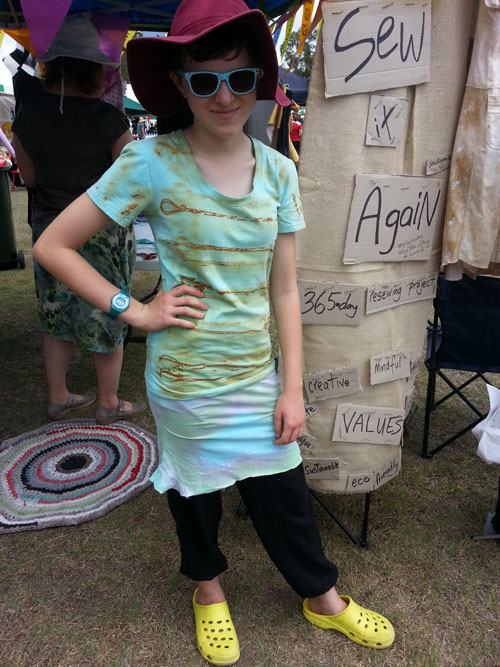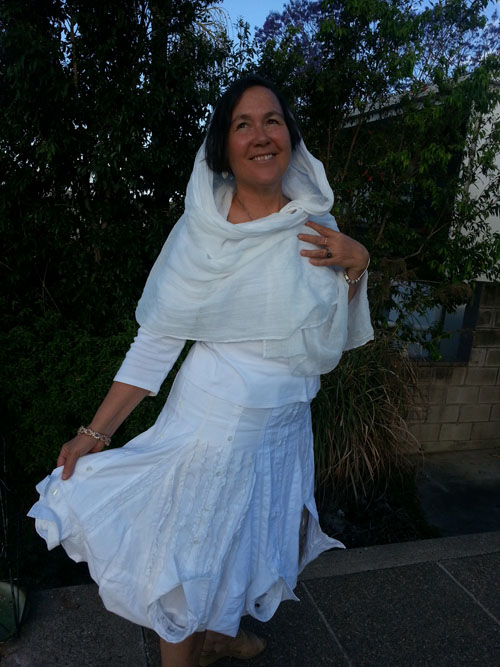It is always helpful to gain fresh perspective on the Sew it Again project as I did today with my sister-in-law Wendy Relf and Hawkesbury Regional Gallery education and public program officer Adrienne Richards.
The project is a creative journey that connects head and heart. It bridges memories of childhood, agricultural science study, communications work and a love of nature – as well as purposefully engaging me in issues of ecological health and wellbeing. As I chatted to Adrienne about my journey from early days on the farm through agricultural science to rural reporting and then issues-based communications work – her summation was that Sew it Again is ‘pulling all the threads together’. Thanks Adrienne, I’ll take those words and put them to good use!
